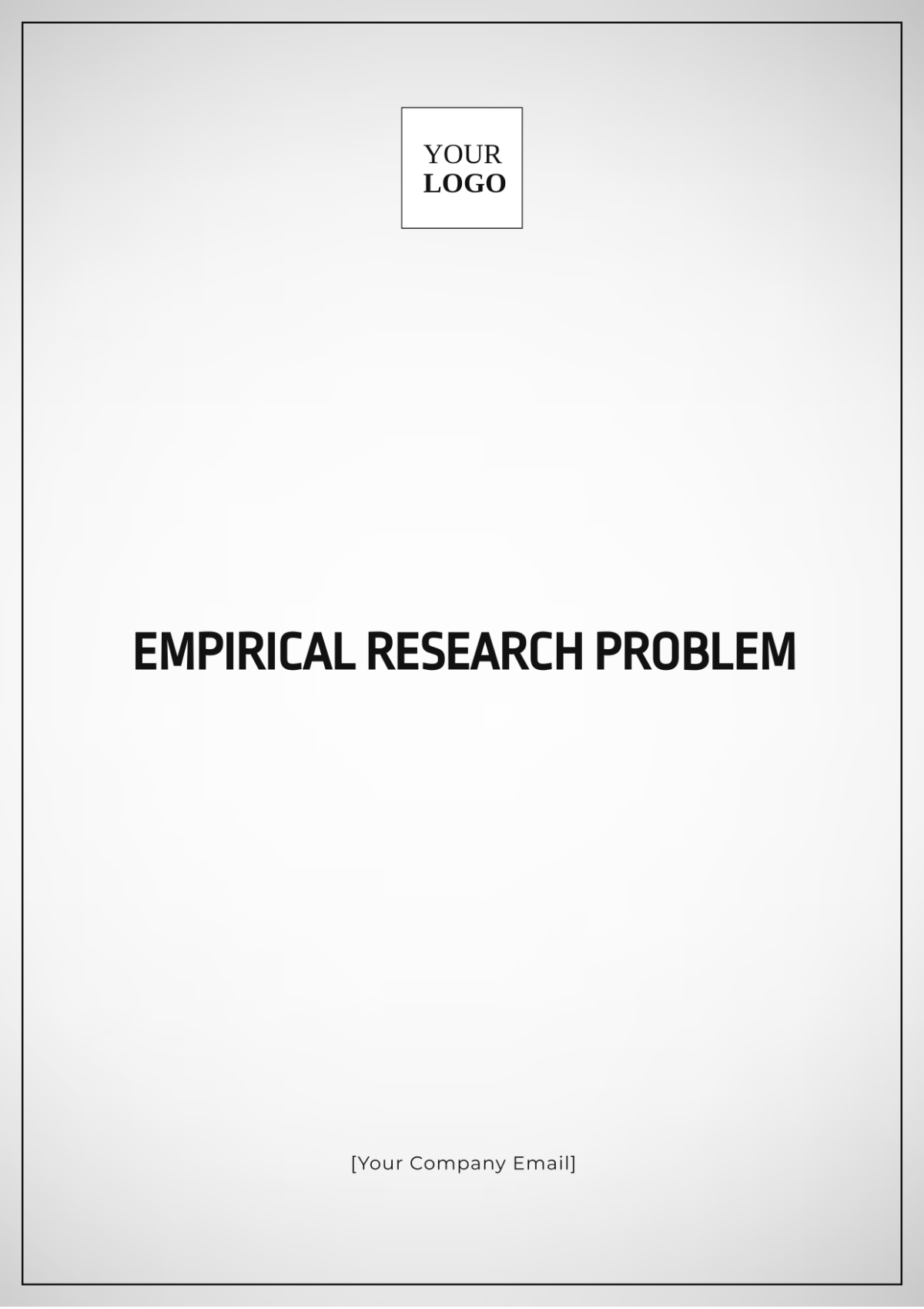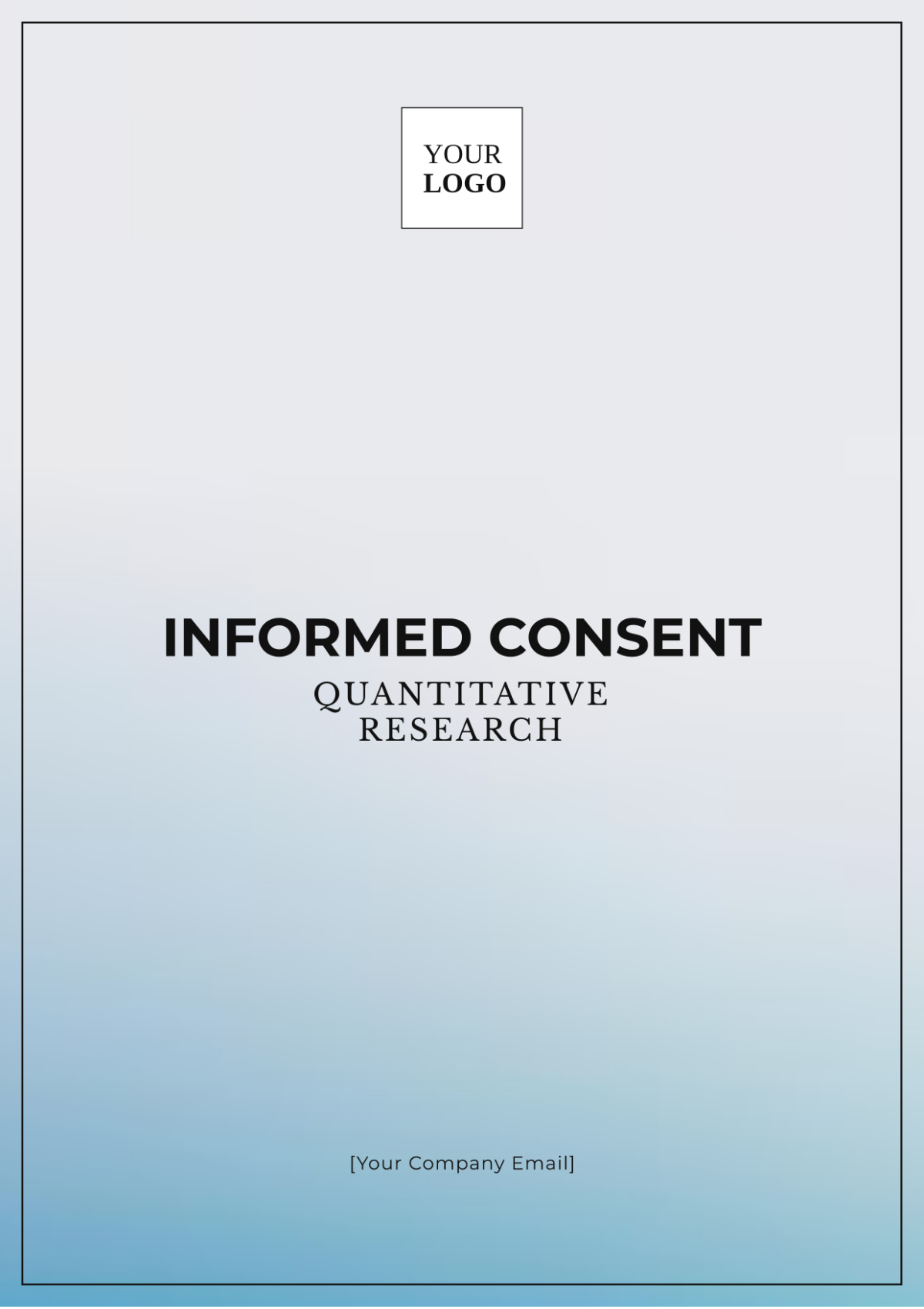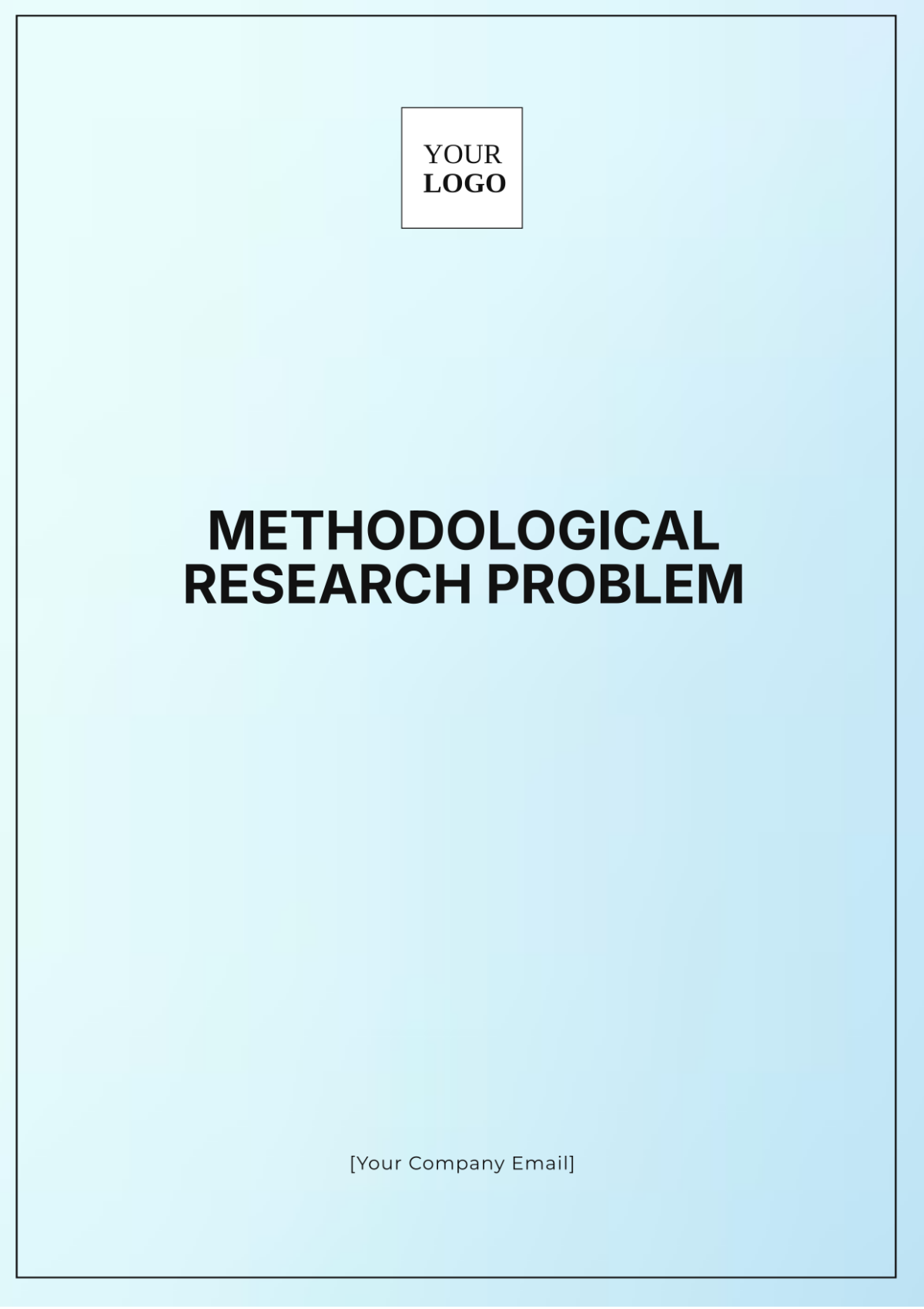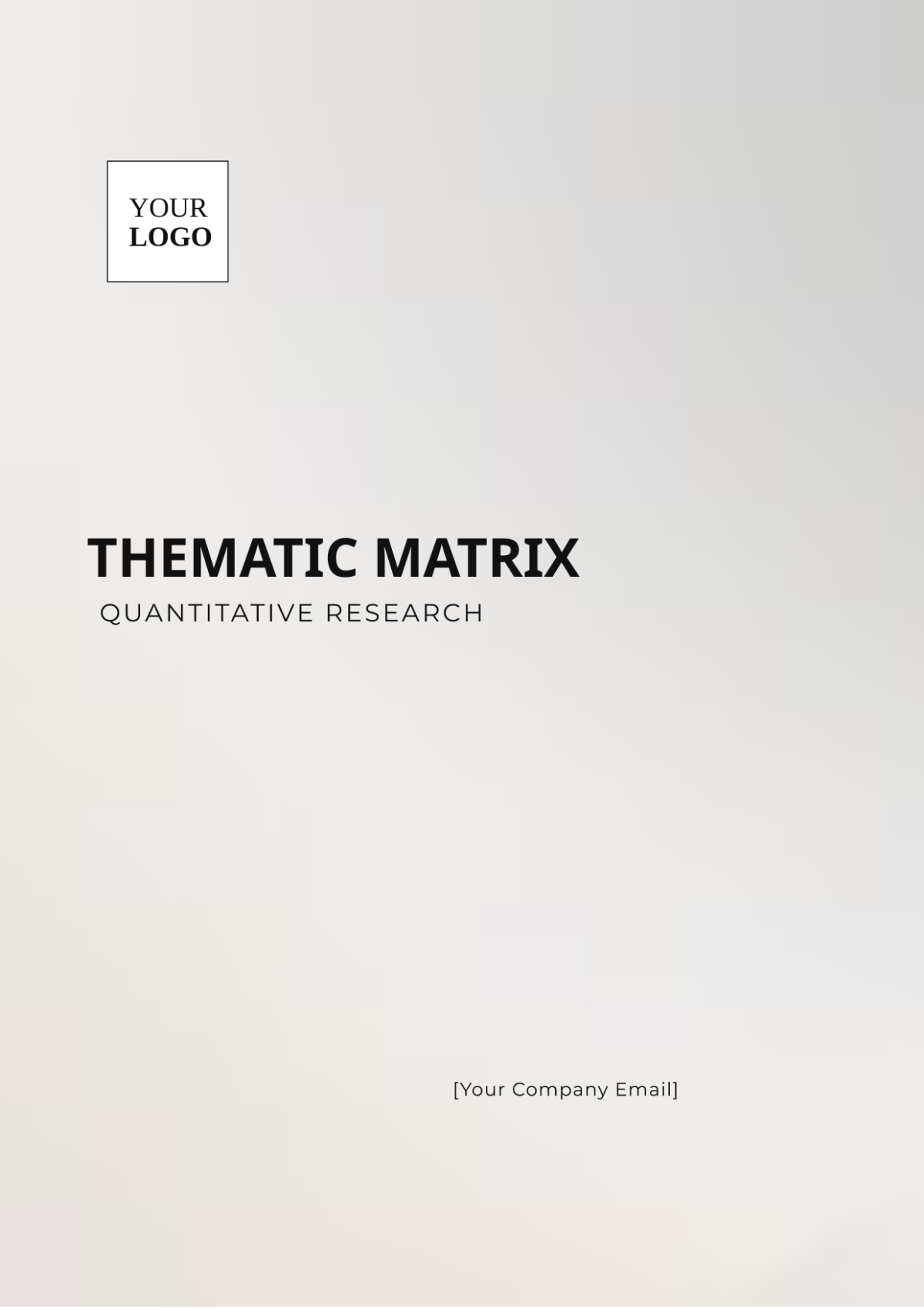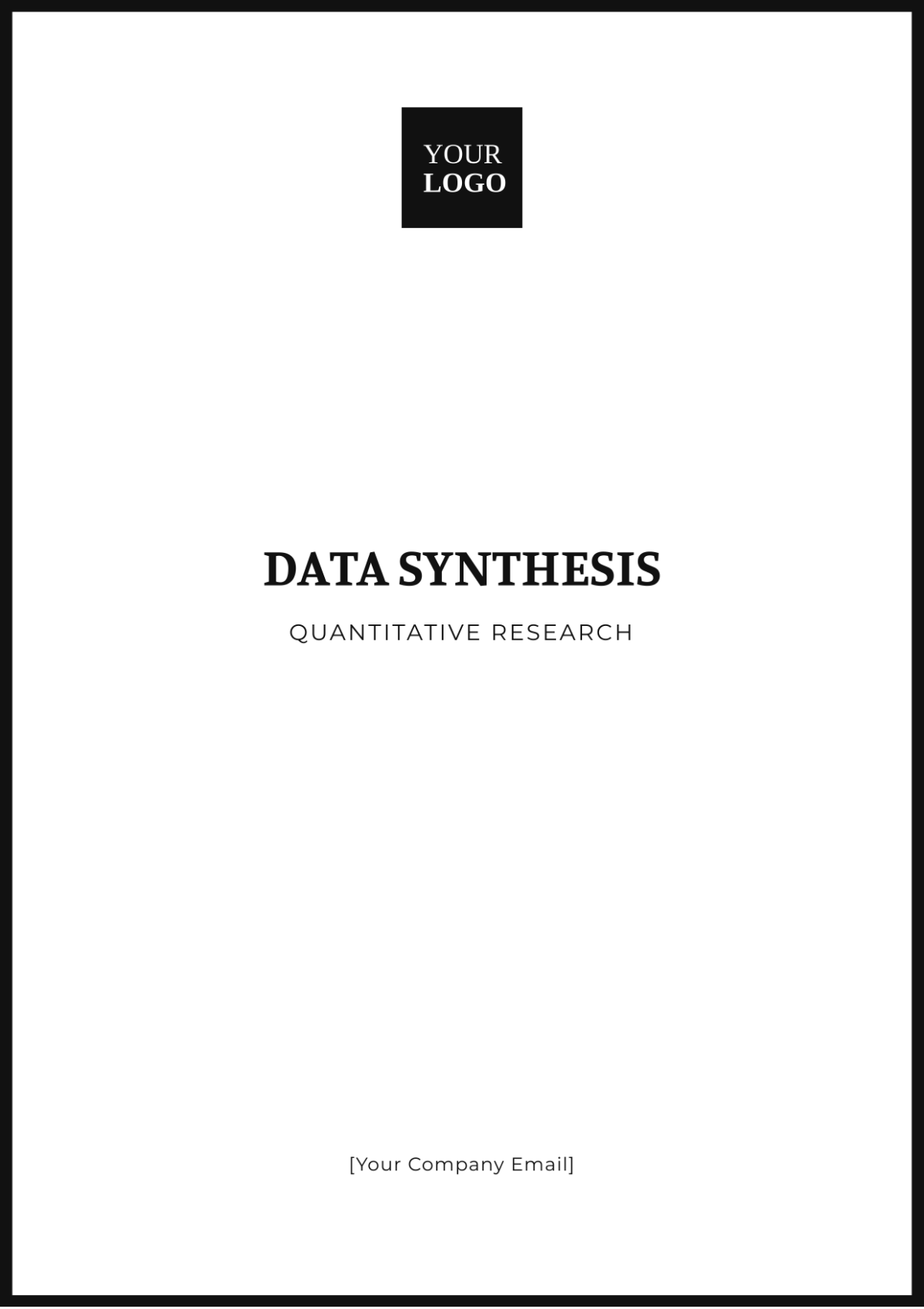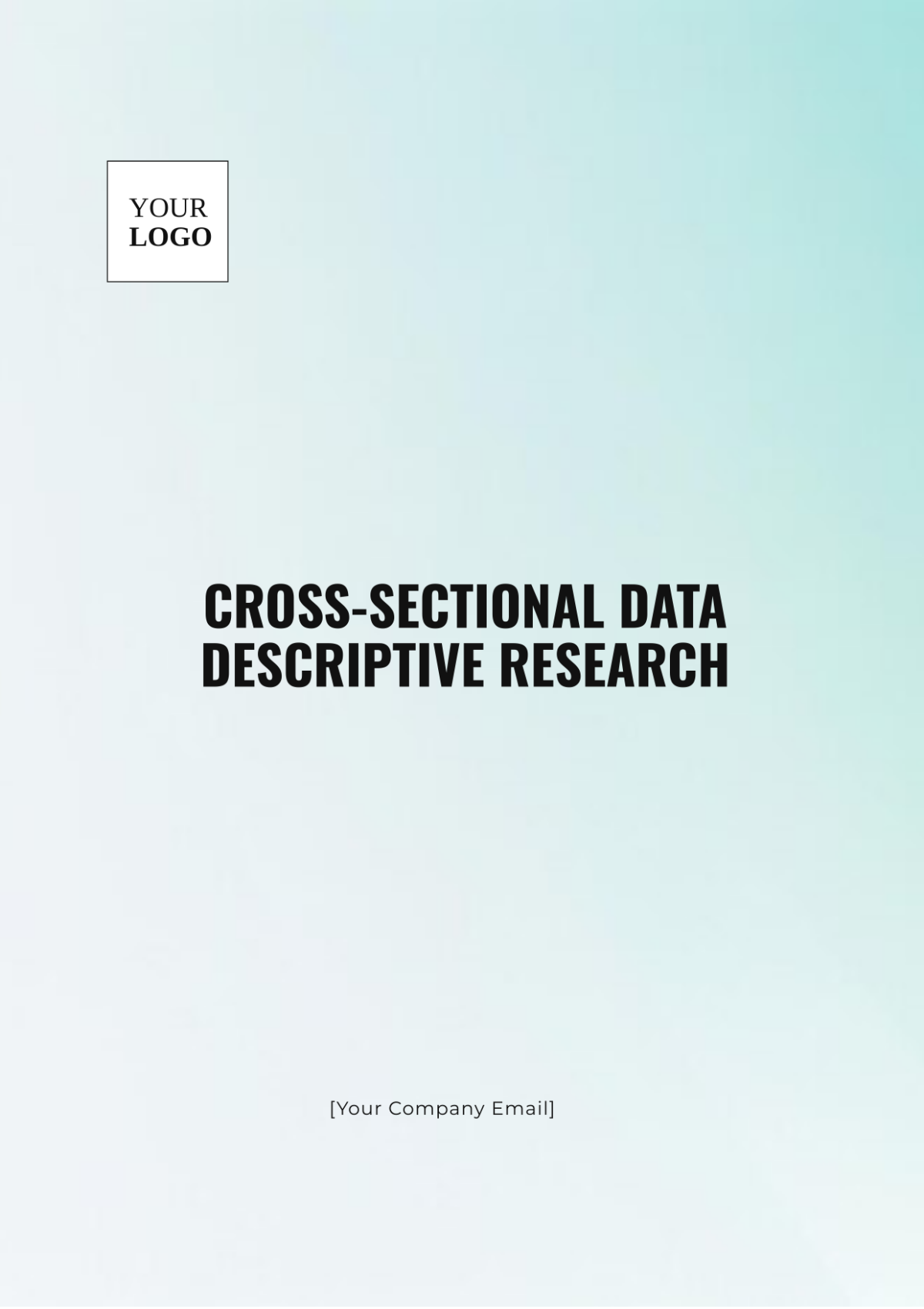Coding Scheme Quantitative Research
A Coding Scheme Quantitative Research is a structured framework used to categorize and analyze quantitative data systematically. It involves assigning numerical or categorical codes to data points to facilitate statistical analysis and ensure consistency in data interpretation.
I. Introduction
Quantitative research requires robust strategies for data categorization and analysis. A coding scheme provides a systematic approach to transforming complex data into manageable units. This research delves into the conception, implementation, and significance of coding schemes in quantitative studies.
II. Theoretical Background
Coding schemes play a critical role in quantitative research, rooted in the principles of scientific rigor and replicability. By transforming raw data into coded segments, researchers can apply statistical tools to decipher patterns and generate meaningful insights.
III. Components of a Coding Scheme
A well-developed coding scheme includes several components:
Codebook: A detailed guide that outlines the codes, their definitions, and instructions for application.
Categories: Classifications that group codes logically based on similar characteristics.
Criteria: Defined standards that ensure consistent code application across data sets.
IV. Developing a Coding Scheme
The process of developing a coding scheme includes several steps, such as:
Data Familiarization: Reviewing data to understand content and context.
Identifying Initial Codes: Generating a preliminary list of potential codes.
Refining Codes: Modifying and consolidating codes to enhance clarity and usability.
Testing Reliability: Ensuring consistency in code application through pilot testing and inter-rater reliability assessments.
A. Application of Coding Scheme
Once developed, the coding scheme facilitates data analysis through its application on quantitative data sets. It provides a structured way to quantify and interpret patterns, relationships, and trends.
B. Case Study: Coding Scheme Example
Variable | Code | Description |
|---|---|---|
Gender | 1 | Male |
Gender | 2 | Female |
Age Group | 1 | 18-25 |
Age Group | 2 | 26-35 |
C. Benefits of Using a Coding Scheme
Implementing a coding scheme in quantitative research offers several advantages:
Consistency: Ensures uniform interpretation and analysis of data.
Efficiency: Streamlines data processing by simplifying complex information into manageable codes.
Reproducibility: Facilitates replication of studies by providing a clear framework for data categorization.
V. Challenges and Limitations
Despite its benefits, coding scheme quantitative research poses certain challenges, such as:
Subjectivity: Initial code generation may involve subjective judgment.
Flexibility: Difficulty in accommodating unexpected data variations.
Resource Intensive: Developing a comprehensive coding scheme requires significant time and effort.
VI. Conclusion
A well-structured coding scheme is invaluable for quantifying and analyzing data in quantitative research. It ensures consistency, efficiency, and reproducibility, despite certain inherent challenges. Future research can explore innovative methods to mitigate these limitations and enhance the robustness of coding schemes.
VII. References
APA Style:
Smith, J. A. (2050). Introduction to quantitative research methods. Academic Press.
Doe, J. B. (2050). Understanding coding schemes: A review. Journal of Research Methodologies, 15(4), 233-245.
MLA Style:
Smith, John A. Introduction to Quantitative Research Methods. Academic Press, 2050.
Doe, Jane B. "Understanding Coding Schemes: A Review." Journal of Research Methodologies, vol. 15, no. 4, 2050, pp. 233-245.







